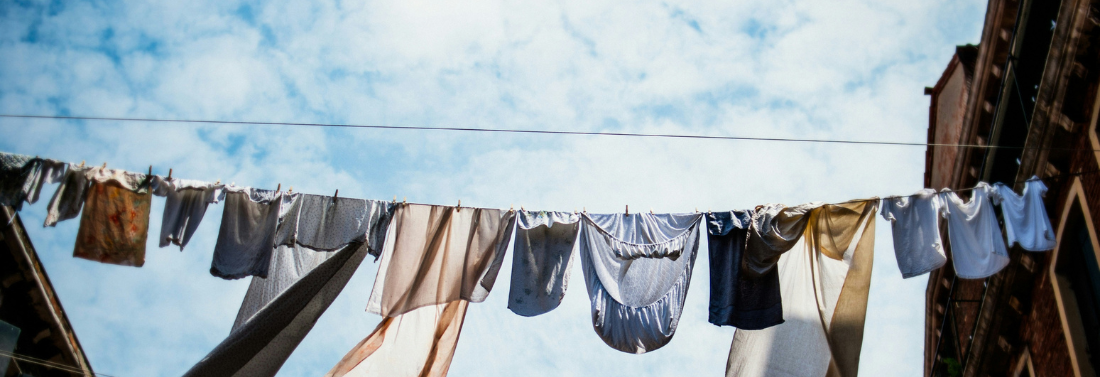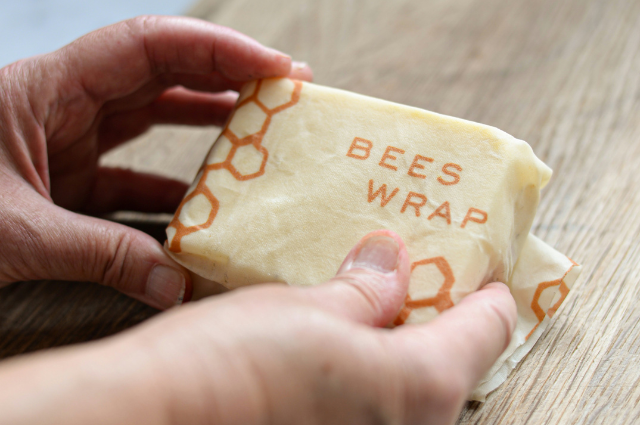Try These Sustainable Swaps for Greener Living in 2024
Sustainable living is more than a trend — it’s a lifestyle choice that has a major impact on the world. If one of your goals this year is to live sustainably, doing these minor sustainable swaps for greener living can help you achieve it.
1. Plant-Based Protein
A minor shift in your diet can make a huge difference if you’re looking to live greener this year. One little thing you can change is to swap meat with the plant-based option to get your protein.
Protein is crucial for several body functions, but meat isn’t its only source. The impact of meat production and consumption is massive, affecting the environment in many negative ways. For instance, producing a mere 100 grams of beef protein releases 49.89 kilograms of carbon dioxide into the atmosphere, trapping heat and contributing to climate change.
You don’t have to let go of your love for meat, but swapping protein sources for plants occasionally is a minor tweak in your diet that positively affects the planet. These options include legumes, tofu, nuts, seeds, chickpeas and lentils. As growing plants are more eco-friendly than raising livestock, you help instigate slight environmental change by switching to plants for protein.
2. Secondhand and Vintage Clothing
The fashion industry is one of the sectors with an enormous impact on climate change. It takes 3,000 liters of water to produce one shirt, depleting the already limited water resources on the planet. Not to mention, most wastewater doesn’t get recycled and ends up in the oceans, smearing marine life with toxic chemicals.
Buying secondhand and vintage clothing is sustainable as it promotes circular fashion, reducing the quantity of textiles dumped in landfills. They’re affordable, too. Many finds in thrift stores or consignment shops are still of great quality. You’ll save hundreds of dollars and help the environment by buying secondhand apparel.
3. High-Quality Fabrics and Natural Fibers
Did you know buying cheaply made fabrics comes with many downsides that outweigh the low price tag? From clothes to towels and bedding, the materials matter. You may notice how clothes you bought from fast fashion stores seem to wear out after just a few wears. Similarly, bedsheets and towels may feel coarse after just a couple of washes.
Natural fibers like linen, cotton and bamboo will last longer than synthetic materials. On the contrary, acrylic, nylon and polyester are made with oil and plastic that will pollute waterways when washed. Opting for natural, high-quality materials will extend the lifespan of your items and prevent pollution.
4. Home-Cooked Meals
In addition to their higher price tag, restaurant take-outs don’t favor the environment. Most restaurants serve food portions larger than the average size or what a person can consume, leading to unnecessary food waste. On average, diners leave about 17% of their meals uneaten and only 45% of these leftovers are taken home.
If you cook at home, you can use fresh, local ingredients and portion your meals appropriately, preventing food waste. Plus, it’s good for your pocket. It’s a small act you can do for the environment.
5. Beeswax Wrap
Eating leftovers can help save your budget and the planet. Typically, people use plastic wrap to cover their food scraps — and this is where you can implement sustainability.
Unlike a plastic film that suffocates the food and makes your sandwiches soggy, beeswax food wraps are breathable, super versatile and usable on many occasions. You can use it to cover food, keep the cheese from sweating and wrap salads. Go plastic-free by opting for beeswax wraps and keep your leftovers fresh until the next time you want to eat them.
6. Insulated Mugs
The next time you walk into your favorite coffee shop to get your latte, bring your own insulated mugs. While paper cups are indeed made of paper and believed to be eco-friendly, they have poor recyclable quality since they’re coated in plastic. It’s what’s responsible for holding your hot drinks and keeping the contents from seeping into the paper. One study found these paper cups are as toxic as conventional plastic if they end up in the environment.
Using insulated mugs can benefit you in ways. It can keep your drinks hotter for longer and reduce waste. Carry your own mug whenever you get your coffee. It’s a low-key move of caring for the Earth.
7. Clothesline
If the climate permits, use a clothesline or a rack to dry your clothes naturally. No doubt a dryer makes drying clothes convenient, but using power to operate it harms the environment. One way to minimize the environmental impact of your household’s appliances is to leverage the excellent weather as a natural alternative for drying clothes.
During summer, save energy by skipping the dryer and installing a clothesline or a rack in your yard. It’s a more efficient way of drying your laundry and making your clothes smell fresher.
Small Efforts Count In Sustainable Living
Successful sustainable living starts with small efforts that deliver radical changes. By implementing these minor swaps, you can pursue a greener lifestyle in 2024 in ways that are comfortable and easy for you. Don’t feel pressured to take bold, sustainable moves. Start with what you can do at home. Small, collective steps are key to making actual environmental change.
Author bio: Cora Gold is a green living blogger and editor of women’s lifestyle magazine, Revivalist. She has been featured on Green Child Magazine and Jejune Magazine covering practical tips for living sustainably. Connect with Cora on LinkedIn and Twitter.




